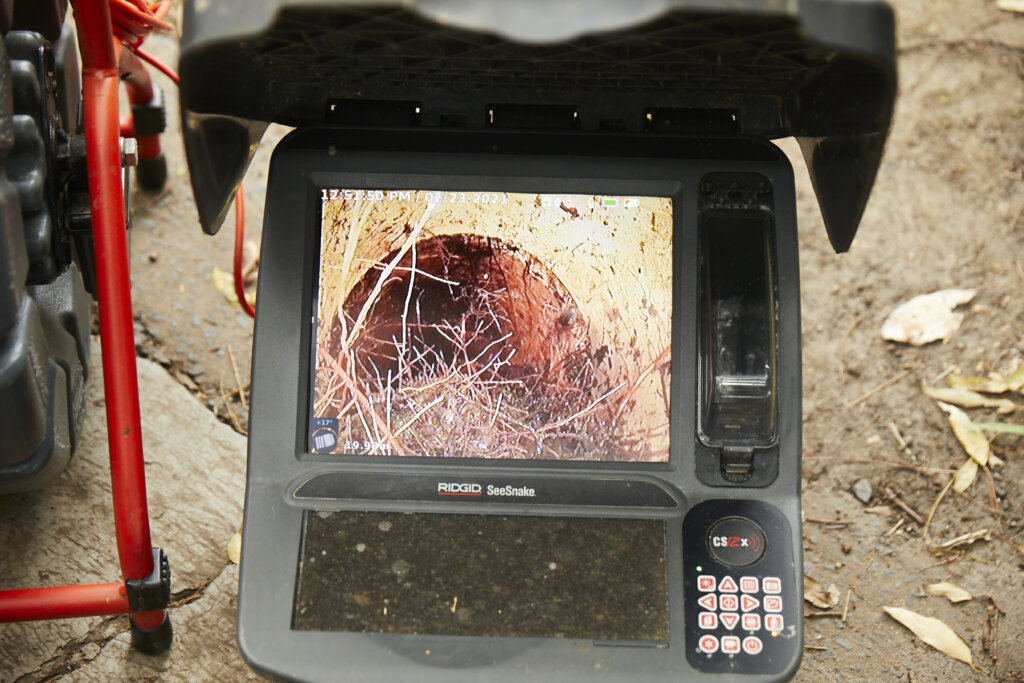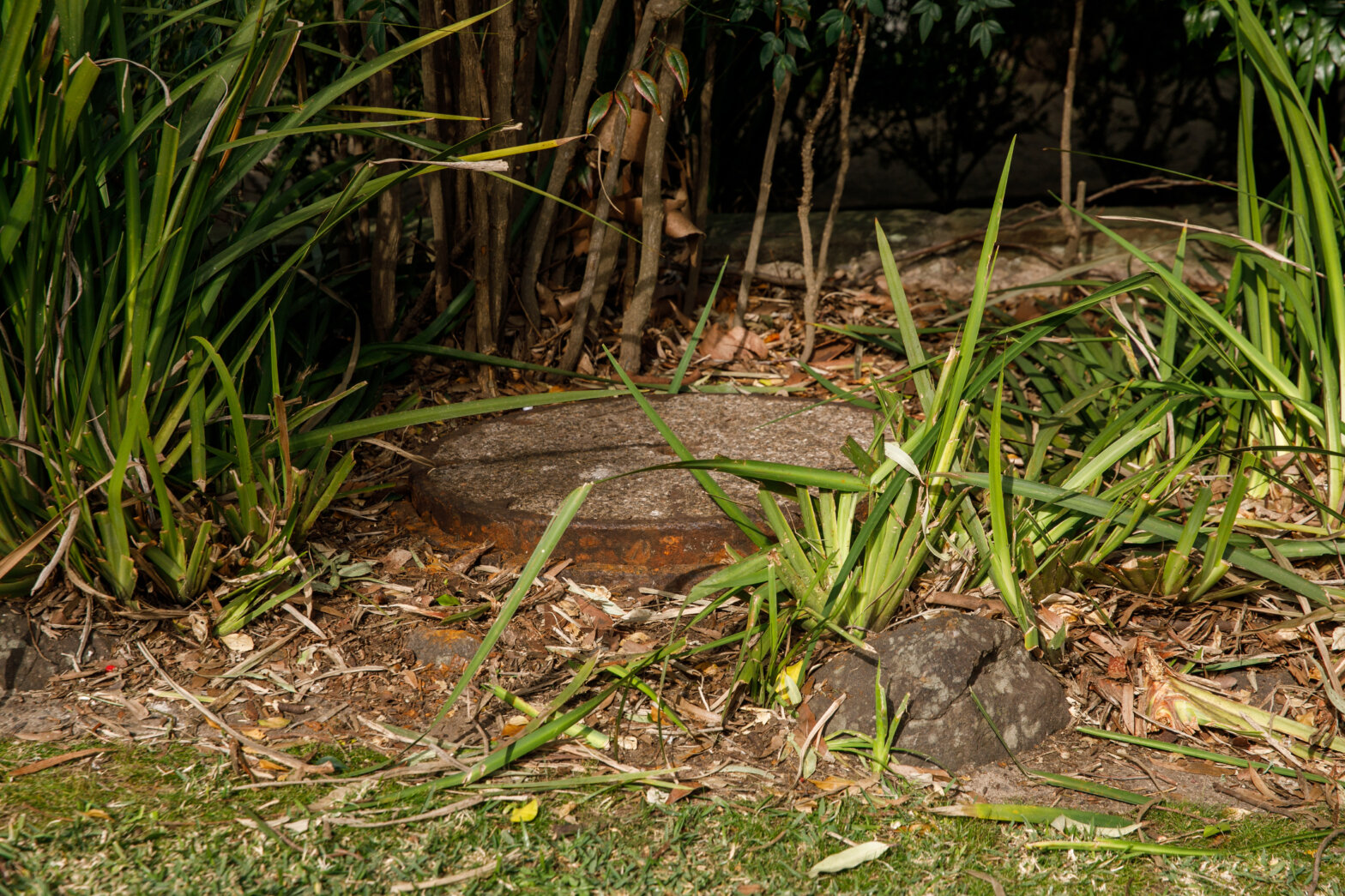Stormwater drains play a critical role in the urban environment. They manage excess water from heavy rainfall, prevent flooding and protect properties and public spaces.
How Does a Stormwater Drain Work?
A stormwater drainage system consists of above and below-ground components, including a design of strategically placed drains, channels, pipes, gutters, a filter and a catchment area.
When it rains, this pipe network catches and collects rainwater to direct it away from buildings, vehicles, structures, properties, your backyard, and all other areas that you don’t want to get wet.
Blocked pipes can interfere with this process and cause all kinds of health and safety issues. These problems can cause an expensive, stressful, and dangerous headache whether you own a house or business. They must be addressed as quickly as possible to prevent impact on the waterways, neighbouring homes and residents, your family, or others within the larger community.

Common Stormwater Drain Issues
Stormwater drains can face many potential issues, especially if they aren’t properly maintained.
- Blockages. One of the biggest culprits here is pesky intruding tree roots. Roots naturally grow toward water sources, making your fully functioning pipes an attractive target. Once they’ve made their way in, they begin to grow and drastically expand in size, eventually causing a blockage and obstruction in the pipe. This is a common problem for both stormwater drains and sewer pipes.
- Debris. Stormwater drains will have a grate covering the drain opening which should prevent most debris buildup. However, sometimes leaves, dirt, sediment and litter can accumulate and gradually clog the system. This can be a particular issue near construction sites, especially during storm season.
- Damage from heavy rainfall. Structural damage, including cracks or pipe failure, can occur if your drain becomes overwhelmed by heavy rain and excessive water levels.
- Erosion. Soil erosion caused by heavy rain and storms can undermine structures in stormwater drain outlets.

Why Use Pipe Relining for Stormwater Drain Maintenance?
Trenchless pipe relining offers an innovative, long-lasting method for fixing and maintaining stormwater drains. It’s a modern solution to an age-old problem. And, you guessed it, it’s one of our specialties here at The Relining Company.
There are several reasons it’s such an effective and popular solution:
- Minimal disruption: trenchless pipe relining doesn’t require excavation. The no-dig approach repairs broken pipes without even needing to break ground. We access the damaged pipe through a single keyhole access point, meaning minimal mess and disruption.
- Thorough inspection: CCTV inspection cameras allow thorough inspection of the source and extent of your problem. Using a thin, flexible camera, the origin of the issue can be identified. Occasionally, there might be a need to create a small hole to allow the camera through, which is returned to its original state once the work is complete.

Choosing pipe relining over other traditional methods leaves your property with a permanent fix and makes the long-term management of your drainage system easier. The resin-coated liner inserted into your damaged pipes essentially creates a new pipe within your old one which increases the flow and performance of your drain in the long term.
The Problem with Poorly Maintained Stormwater Drains
Blocked or damaged drains can lead to various environmental problems including pollution and or release of contaminants which are not only a danger to your local area but may mean your stormwater drain doesn’t meet government regulations.
Rainwater has nowhere to go when a drain becomes blocked. This can lead to flooding and damage to homes, roads and other infrastructure, and soil erosion which can further degrade ecosystems.
Nobody wants contaminated water, but unfortunately, this can occur when drains become blocked and stormwater backs up. It can mix with pollutants such as oil, metals and other debris and make its way into nearby rivers and lakes.
Alongside these issues, it’s important to consider the economic impact of poorly maintained stormwater drains. Some repair methods can be expensive, especially in the case of longstanding, extensive damage.
Ensuring you properly maintain your pipes and drainage system is essential for the protection of your local environment, as well as your property and land.
Clear Blocked Drains with the Relining Company
Regular inspections and maintenance are crucial for keeping your stormwater drains functioning. Here are a few signs it might be time to call a professional:
- Property floods during/after heavy rains
- Gutters overflow
- Stormwater runoff collecting around your property
- Gully erosion
- Visible debris builds up around stormwater system drains
- Household drains overflow as a result of blocked pipes
If you suspect you have a blocked drain, then don’t delay getting a professional plumber to check your stormwater pipes and systems. A fast response is particularly important during storm season when another storm could be just around the corner and do further damage to your property.

At The Relining Company, we’re experts at diagnosing and fixing stormwater drain issues. Whether it’s tree root intrusion or debris buildup, a stormwater drain or sewer pipe, our team can help restore your system to full functionality.
Having Stormwater Drain Issues?
It’s important to act quickly if you notice an issue with your stormwater drains. Call an expert if you notice abnormal flooding, overflowing gutters, debris buildup or any other signs that your stormwater drain requires treatment or attention.
Regular drain inspections and minor fixes are easier and more cost-effective than letting problems get out of hand, leading to a necessary larger fix.
Contact The Relining Company today for more information about trenchless pipe relining for your home or business, to book an inspection of your stormwater drain or for an obligation-free quote.
Our friendly team is always happy to offer advice or answer any questions about pipe relining and its benefits.
Back to Top